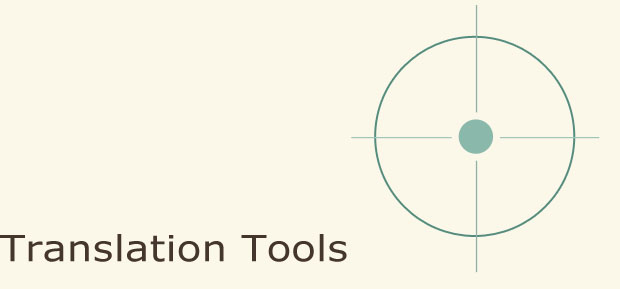THE BEST TOOLS FOR THE JOB.

MODERN TRANSLATION TOOLS
The translation language industry and its services and technologies are constantly changing and evolving almost daily. MGE Lingual Services, Inc. is on the developing end of many of these new technologies, and we study and evaluate them extensively to see how they may impact or play a role in our workflows. In short, we utilize and tailor many of these tools to help improve quality, expedite translations, and reduce costs.
WHAT IS TRANSLATION MEMORY?
In its basic form, translation memory is a full-text database where translations are recorded. Any future material that uses similar or identical text can be borrowed from the database. This “leveraging” of text increases consistency, and reduces translation time and cost. Although these programs aid in translation, they are NOT considered machine translation programs. Machine translation systems actively produce language and translations based on linguistic data. A translation memory system leaves all the translating up to a human translator. Basically, translation memory records segment pairs (usually a sentence). The source language segment is combined together with a target language segment. Suppose an identical (or similar) source language segment comes up in another translation later,. In that case, the translation memory program will find the previously translated segment and suggest it as the basis for the new translation. The suggestion may be either approved as-is, edited to match the current context, or rejected entirely. Not only do these systems suggest “exact matches”, but also "fuzzy matches" that display similar segments that have been translated in the past.
